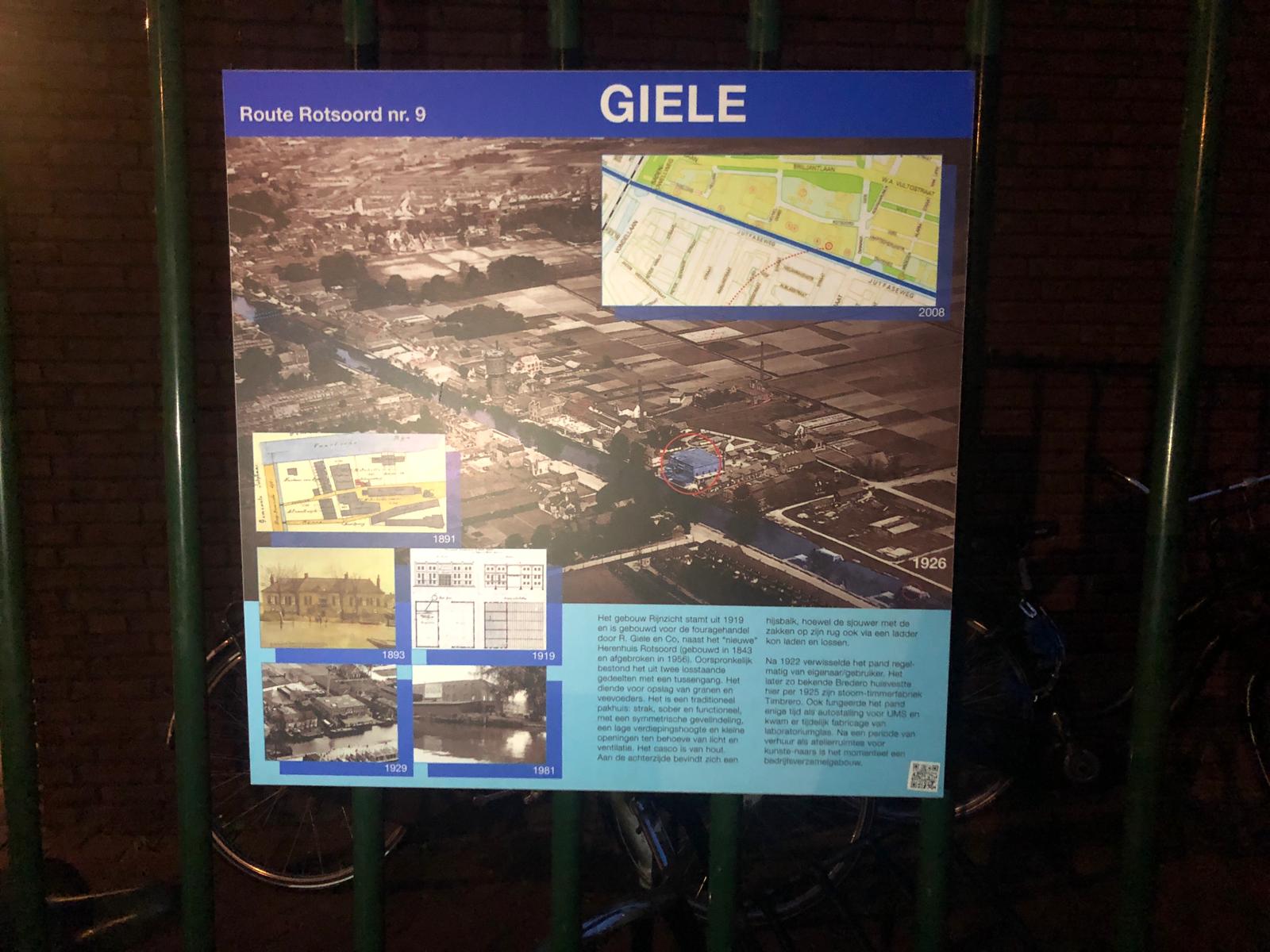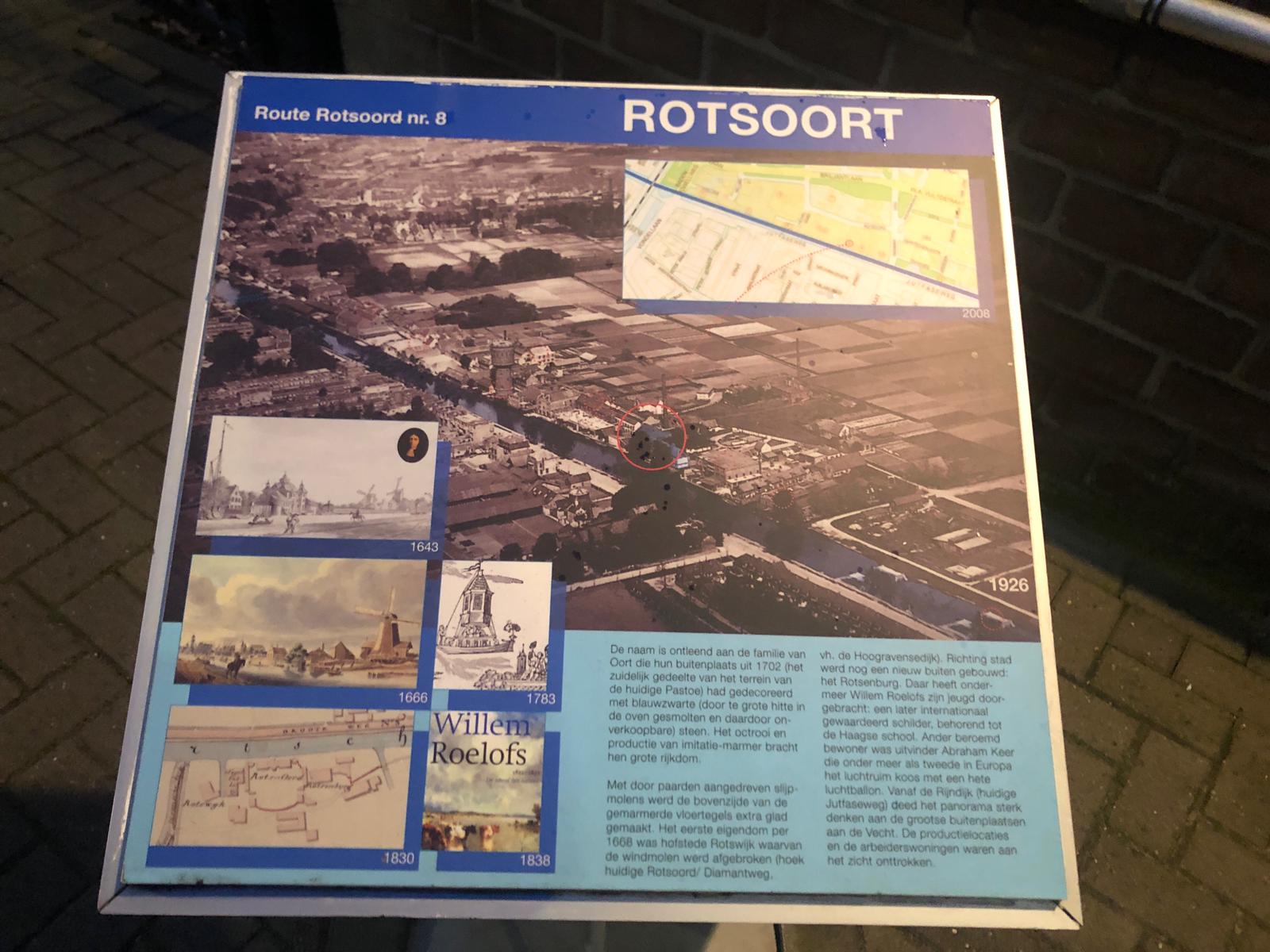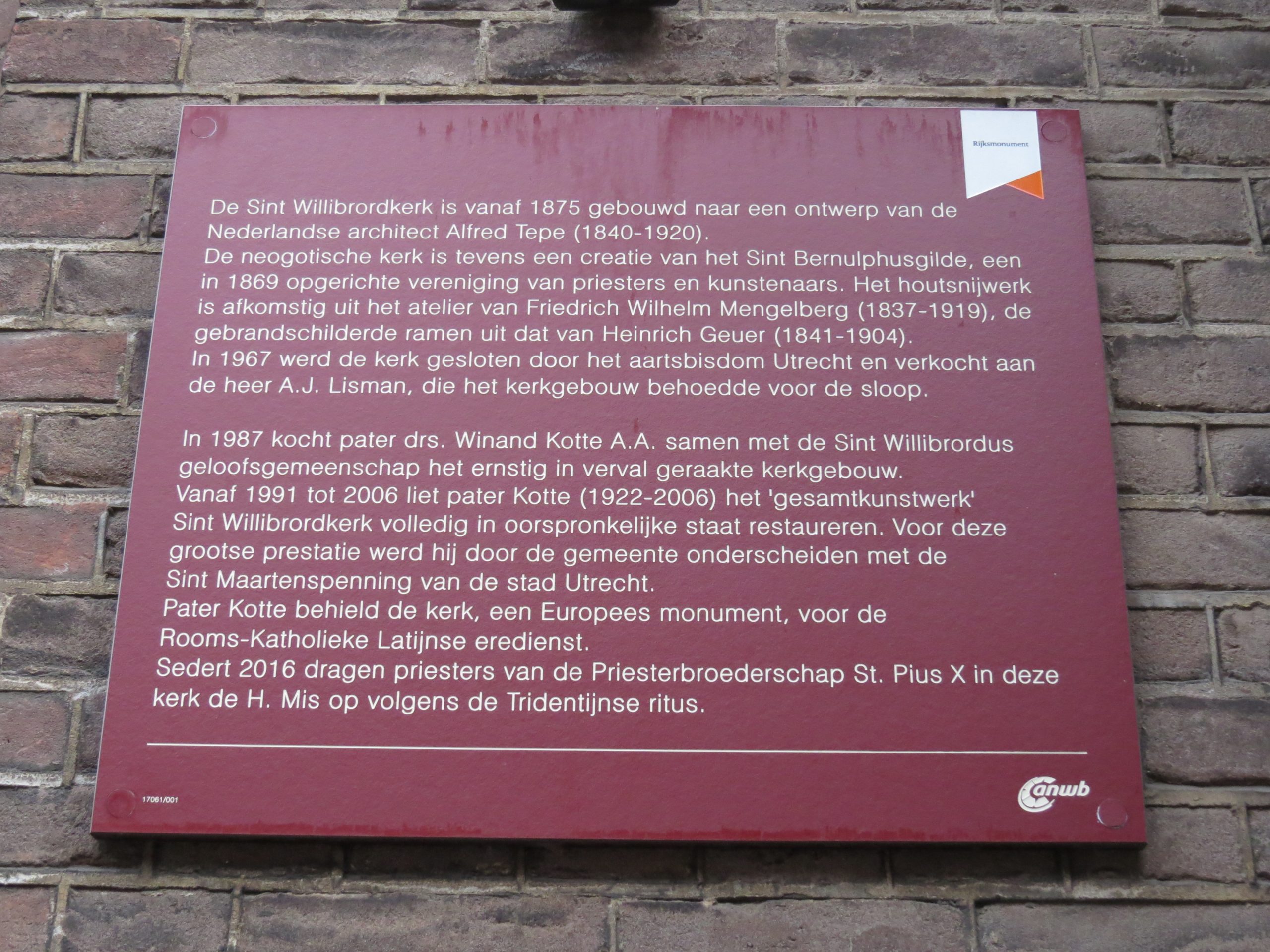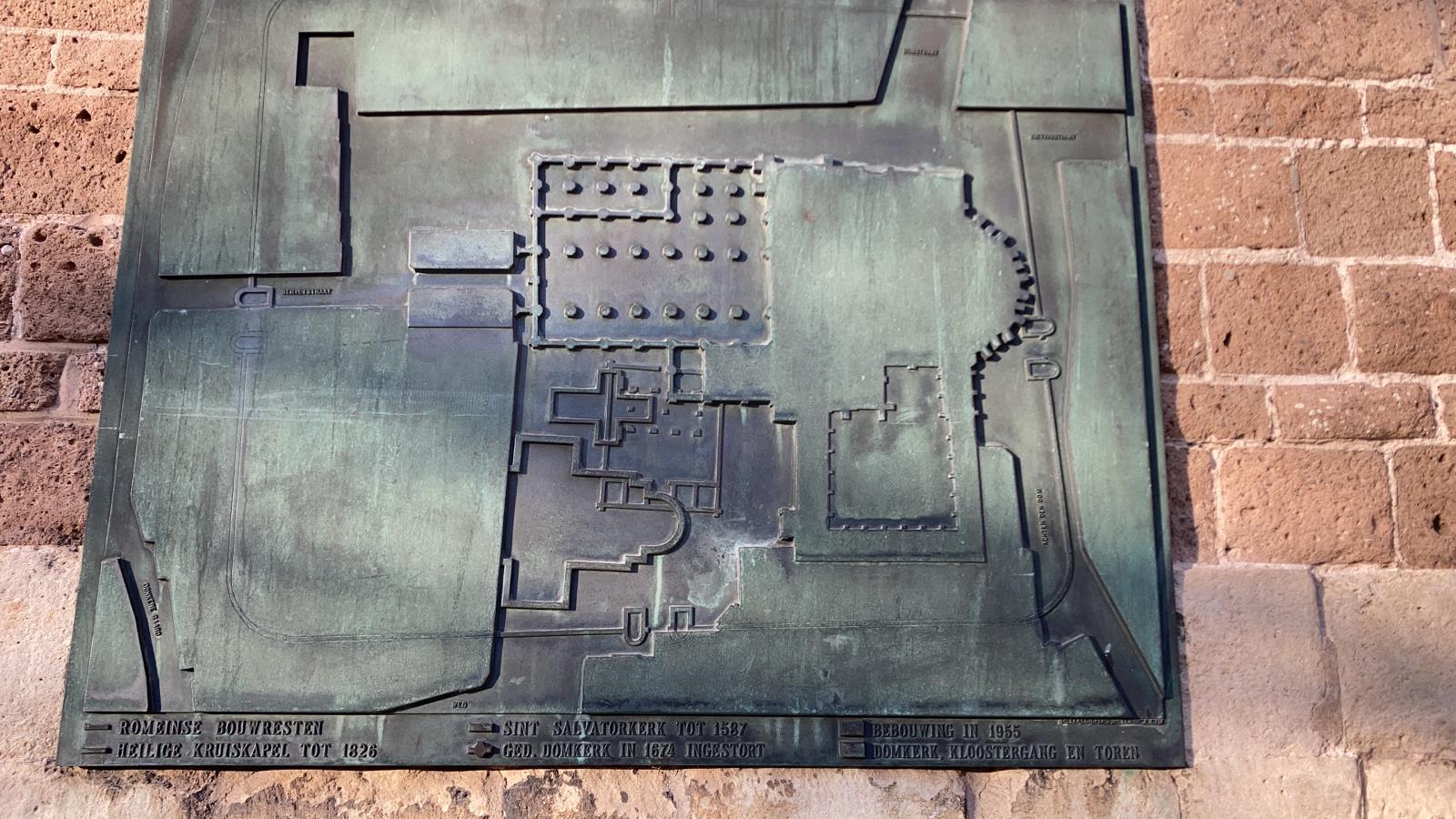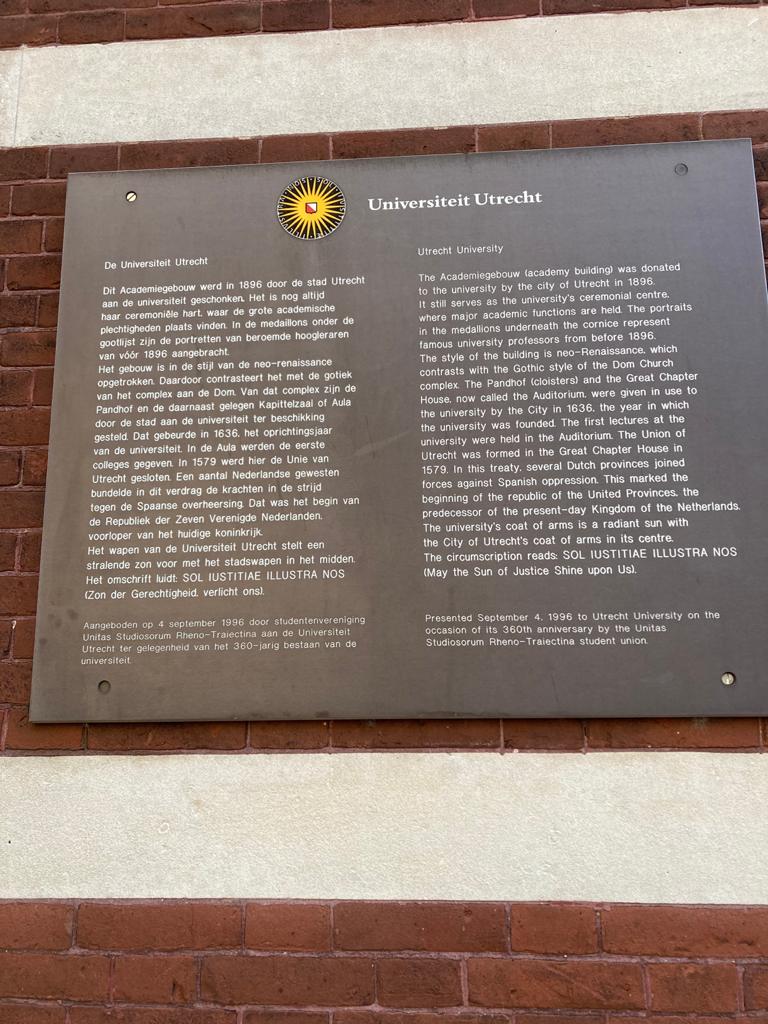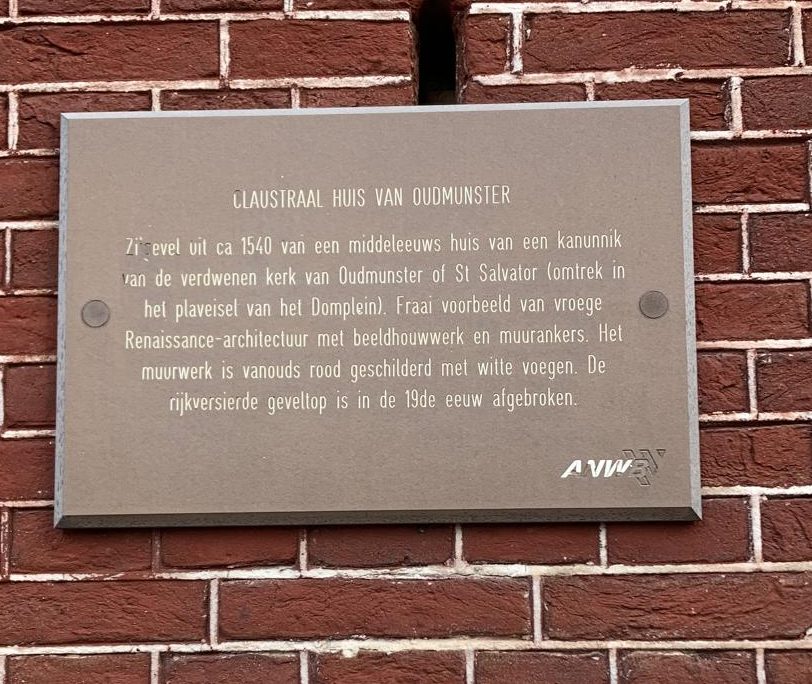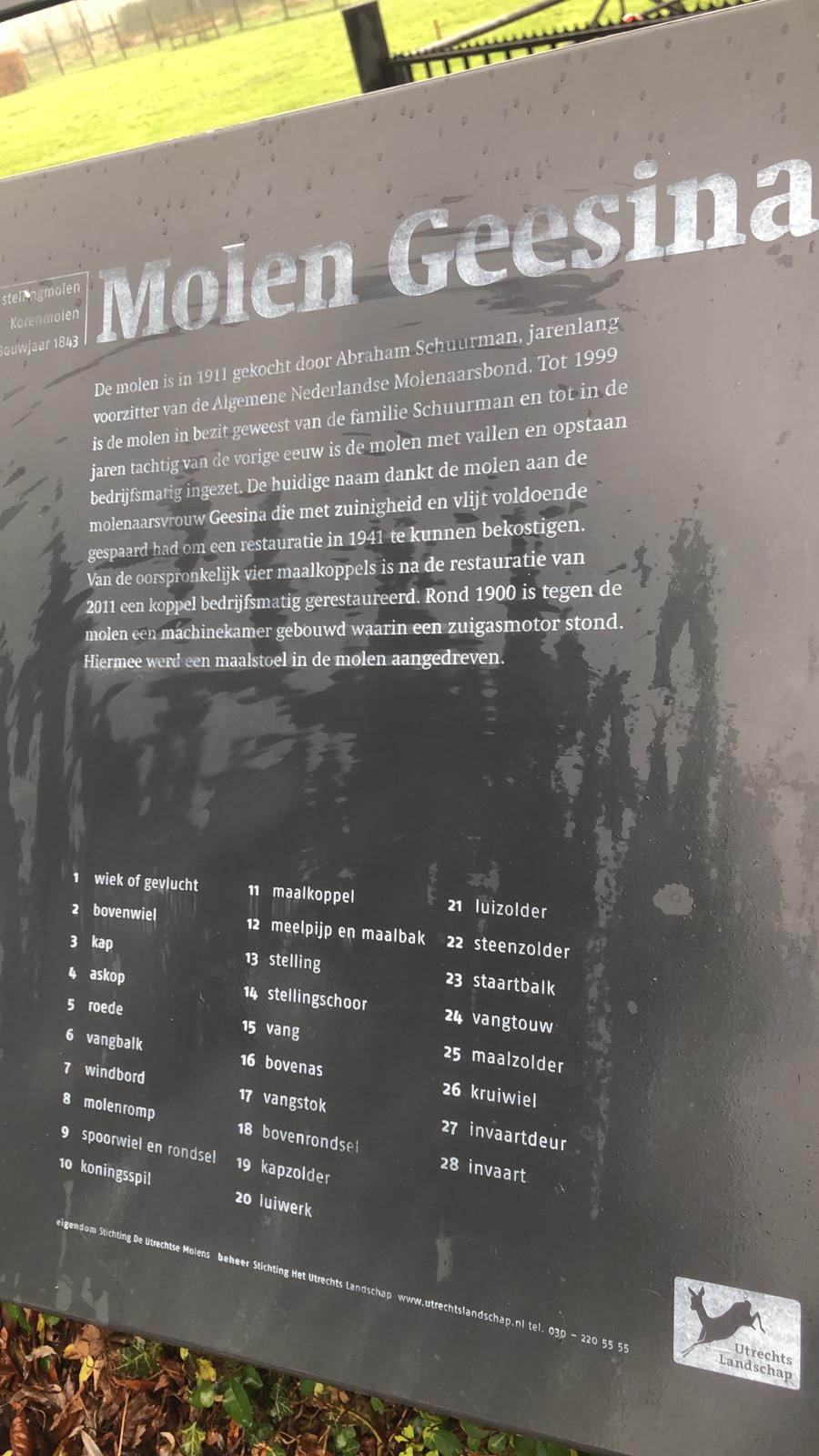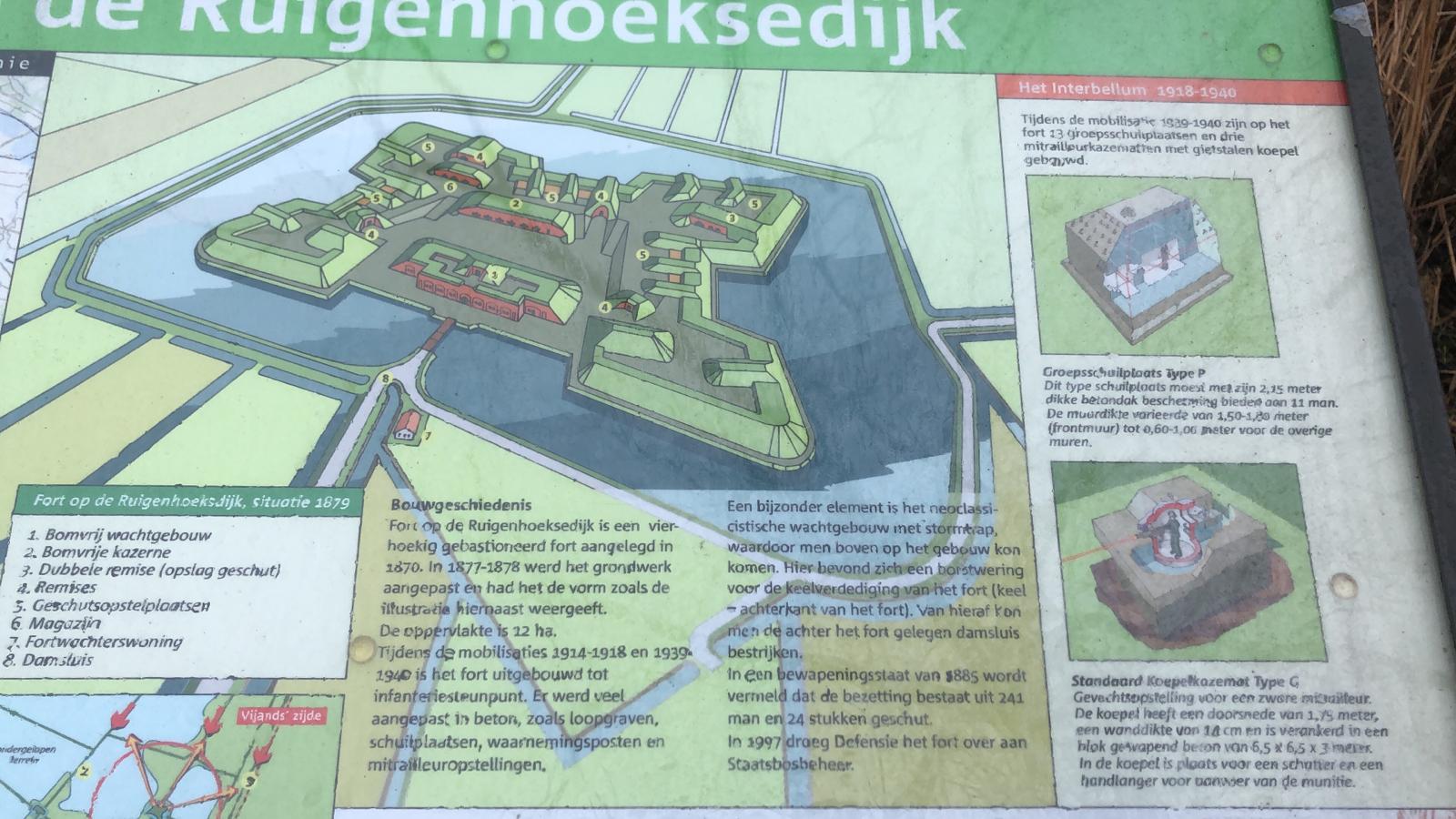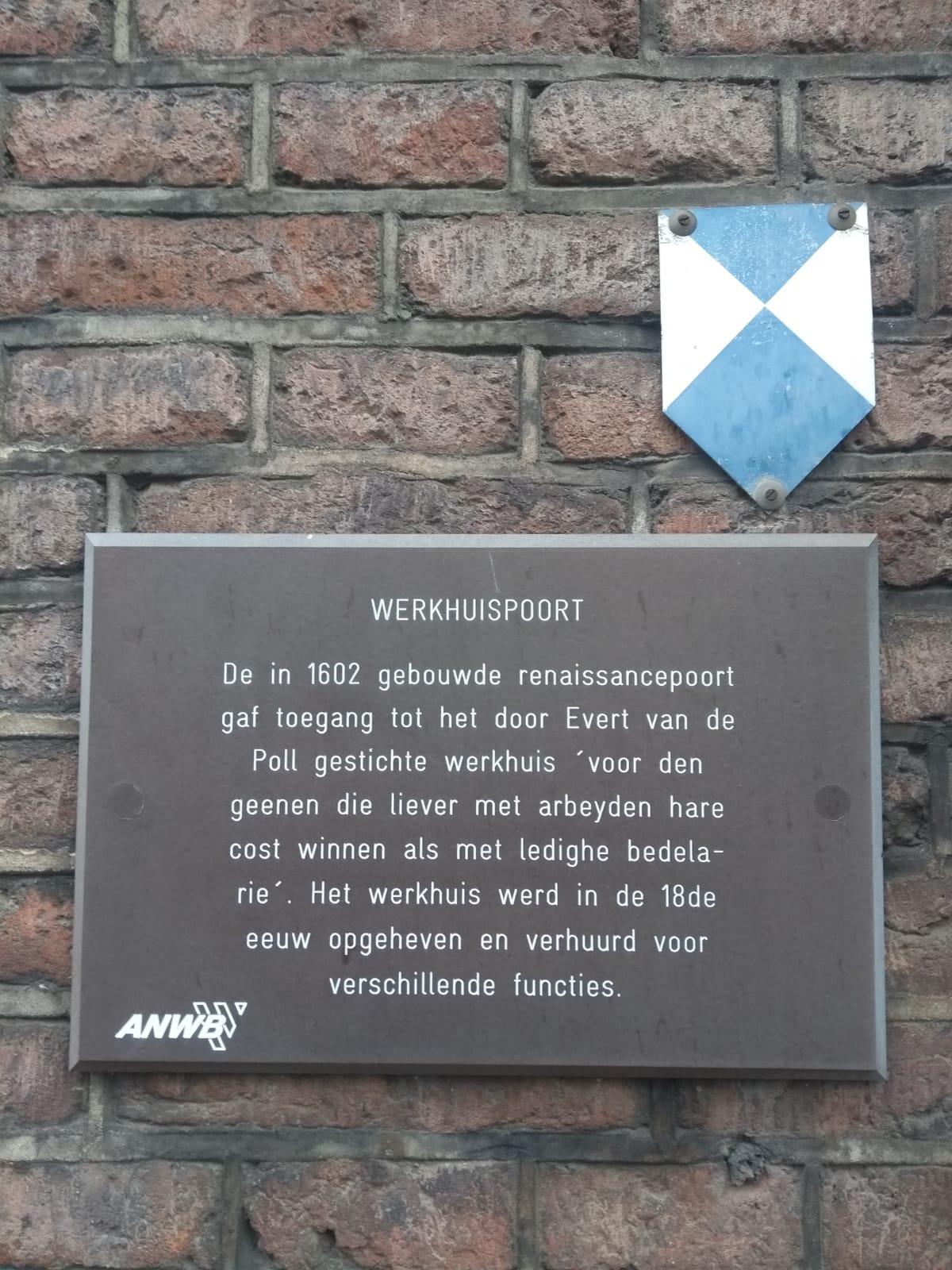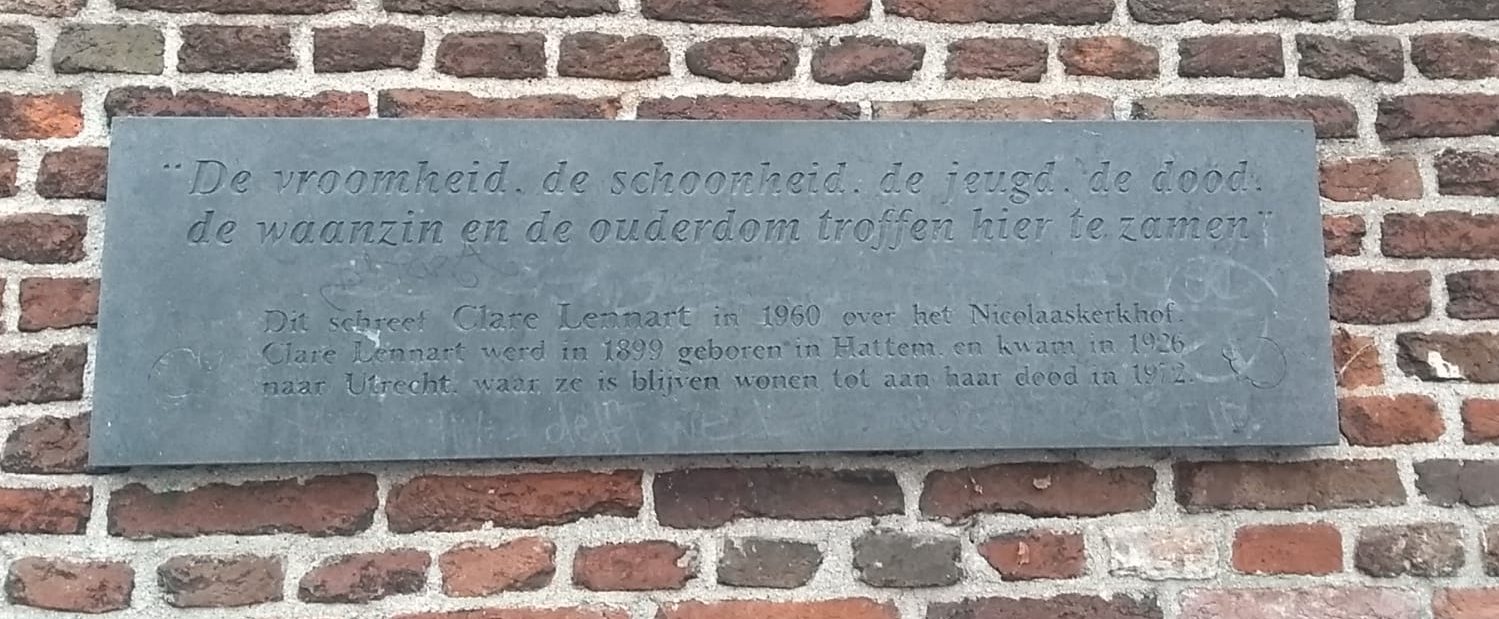Route Rotsoord no. 9 – Giele
The Rijnzicht building dates from 1919 and was build next to the “new” manor Rotsoord (built in 1843 and taken down in 1956) for the forage trade by R. Giele & Co. Originally, Rijnzicht consisted of two separate buildings with a passage. It served for storage of grains and fodders. It is a traditional warehouse, […]

